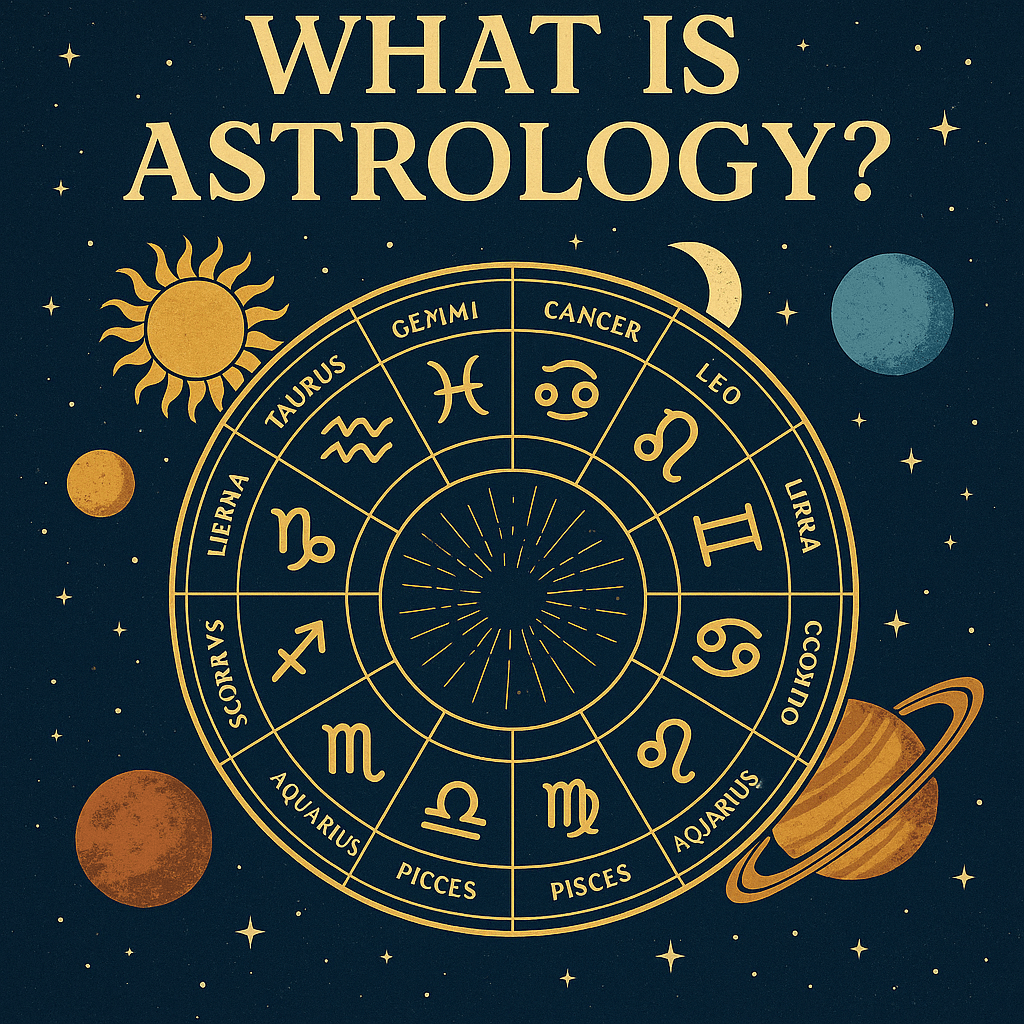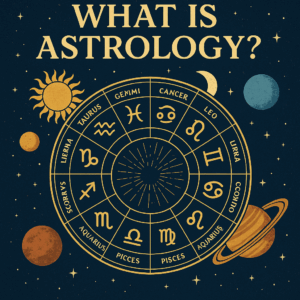What Is Astrology? A Deep Dive Into the Ancient Art
Astrology, a belief system that links celestial movements to human affairs and natural phenomena, has fascinated people for thousands of years. Though often debated and sometimes dismissed in scientific circles, astrology remains an influential cultural and psychological tool that millions consult for insight into their personalities, relationships, and life paths.
This article explores the rich history, core principles, types of astrology, modern interpretations, and controversies surrounding astrology, offering a comprehensive understanding of this enduring and complex practice.
The Roots of Astrology: A Historical Overview
Astrology has been practiced in various forms across cultures for over 4,000 years. Its origins can be traced back to ancient Mesopotamia, where early astrologers tracked the movement of the stars and planets and linked them to earthly events.
1. Babylonian Beginnings
The Babylonians are credited with the earliest known astrological records dating back to around 2000 BCE. They developed a system that linked the positions of celestial bodies with omens, used primarily for predicting political and weather events.
2. Egypt and the Hellenistic Influence
The Egyptians adopted many Babylonian astrological practices, but it was during the Hellenistic period in Greece (circa 3rd century BCE) that astrology evolved into the form most familiar today.
3. Astrology in the East
In India, Vedic astrology (Jyotish) developed independently and remains widely practiced. Chinese astrology, based on a lunar calendar and animal zodiac signs, also emerged with distinct characteristics.
The Core Concepts of Astrology
Astrology operates on the belief that the positions and movements of celestial bodies affect or reflect life on Earth. The core components include:
1. Zodiac Signs
The zodiac is a 360-degree belt in the sky divided into 12 signs, each associated with unique traits:
- Aries (March 21–April 19)
- Taurus (April 20–May 20)
- Gemini (May 21–June 20)
- Cancer (June 21–July 22)
- Leo (July 23–August 22)
- Virgo (August 23–September 22)
- Libra (September 23–October 22)
- Scorpio (October 23–November 21)
- Sagittarius (November 22–December 21)
- Capricorn (December 22–January 19)
- Aquarius (January 20–February 18)
- Pisces (February 19–March 20)
2. Planets and Their Influence
Each planet symbolizes a different part of human life:
- Sun: Identity and ego
- Moon: Emotions and instincts
- Mercury: Communication and intellect
- Venus: Love and beauty
- Mars: Action and desire
- Jupiter: Growth and optimism
- Saturn: Structure and discipline
- Uranus: Innovation and rebellion
- Neptune: Dreams and intuition
- Pluto: Transformation and power
3. Houses
The zodiac is divided into 12 houses, each representing a different aspect of life, from relationships to career and personal growth.
4. Aspects
Aspects refer to the angles between planets, shaping the way their energies interact and express themselves in your life.
Types of Astrology
1. Natal Astrology
This is the most well-known form, interpreting a person’s life and personality based on their birth chart.
2. Mundane Astrology
Focuses on world events and how they are influenced by celestial patterns.
3. Electional Astrology
Helps determine the most favorable time to begin an activity, such as a wedding or business launch.
4. Horary Astrology
Answers specific questions based on the chart cast at the time the question is asked.
5. Medical Astrology
Links planetary placements to physical health, though this is more traditional and not widely used in modern medicine.
Modern-Day Astrology: A Cultural Renaissance
Astrology is enjoying a revival, particularly with millennials and Gen Z. Apps, social media, and memes have made astrology accessible, fun, and relevant.
1. Psychological Astrology
Uses astrology as a tool for introspection, growth, and understanding life patterns rather than fortune-telling.
2. Relationship and Compatibility
Many people use astrology to evaluate romantic compatibility through techniques like synastry and composite charts.
3. Spiritual Integration
Astrology is often incorporated into broader spiritual practices, offering insight, guidance, and symbolic meaning.
Common Astrological Terms and Concepts
- Rising Sign (Ascendant): Your outward persona and how others perceive you.
- Retrograde: When a planet appears to move backward, often associated with disruption.
- Transits: Current planetary movements and how they affect your natal chart.
- Progressions: A symbolic technique showing inner evolution over time.
Scientific Criticism of Astrology
Despite its popularity, astrology lacks scientific validation. Critics argue:
- Lack of empirical evidence for astrological predictions
- Forer effect: Vague descriptions feel personally accurate
- Precession: Astrological signs no longer align with their original constellations
Why People Still Believe in Astrology
- Sense of Meaning: Offers narrative and cosmic connection
- Self-Discovery: Helps understand personality and patterns
- Guidance: Offers comfort in times of uncertainty
- Community: Shared identity through astrology groups and memes
Conclusion: Astrology as Art, Insight, and Tradition
Whether seen as a spiritual guide or symbolic tool, astrology continues to hold a meaningful place in human culture. It may not predict the future with scientific precision, but it offers stories, symbols, and archetypes that help people understand themselves and their world.



